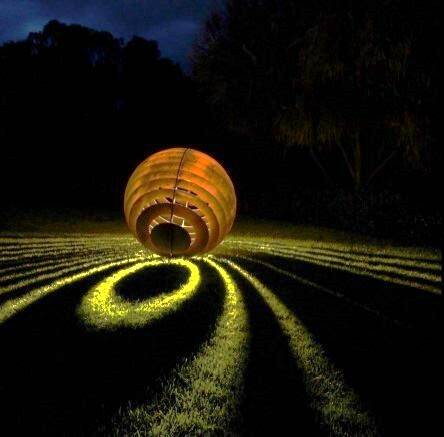In the future, pedestrians strolling by the Cascade Avenue bluff in Langley will have more to see besides the sea.
During a city council meeting this week, members of Langley Creates — the creative district spanning Langley — provided an update on the outdoor art and cultural museum project that has been proposed as a way to unite the downtown retail area with the arts and culture zone that includes Whidbey Island Center for the Arts and the fairgrounds.
The creative district has formed alliances with both the South Whidbey Historical Society and Sno-Isle Libraries in this educational endeavor to ensure accuracy, Joann Quintana explained Monday night. Cultural, historical and artistic information will be dynamic and changeable.
Past projects Langley Creates has done include the social justice mural on the South Whidbey Community Center and the Wishing Wall near Seawall Park.
Formed in 2020, Langley Creates is due for its recertification in 2025, Inge Morascini explained. Representatives for the creative district are working feverishly on the first phase of the bluff project. As part of that, a local metal worker was commissioned to create a serpentine story circle bench, six matching curvilinear benches and nine lighted information beacons, all constructed from durable materials. Panels depicting Native American artwork will also be included.
Morascini said the creative district has five grants to use on the project. The initial cost is approximately $65,000, and the remaining budget is about $70,000 after the purchase of the benches and informational beacons. The project is expected to be finished by spring 2025.
Councilmember Craig Cyr asked about the permitting process, given that the project is located on a bluff. Director of Community Planning Meredith Penny responded that it does require a shoreline and critical area permit and geotechnical review. She added that the timeline for that is typically 30 to 60 days.
Becky Porter, a member of the Snohomish Tribe, said a former grant that was awarded can help pay for indigenous artists’ work if needed.
In addition to the items already discussed, Quintana said a crevice garden will be created using a grant from the Whidbey Island Garden Tour, which is interesting because it doesn’t need to be watered. Kinetic art pieces, such as drums, are also intended for the bluff project.



